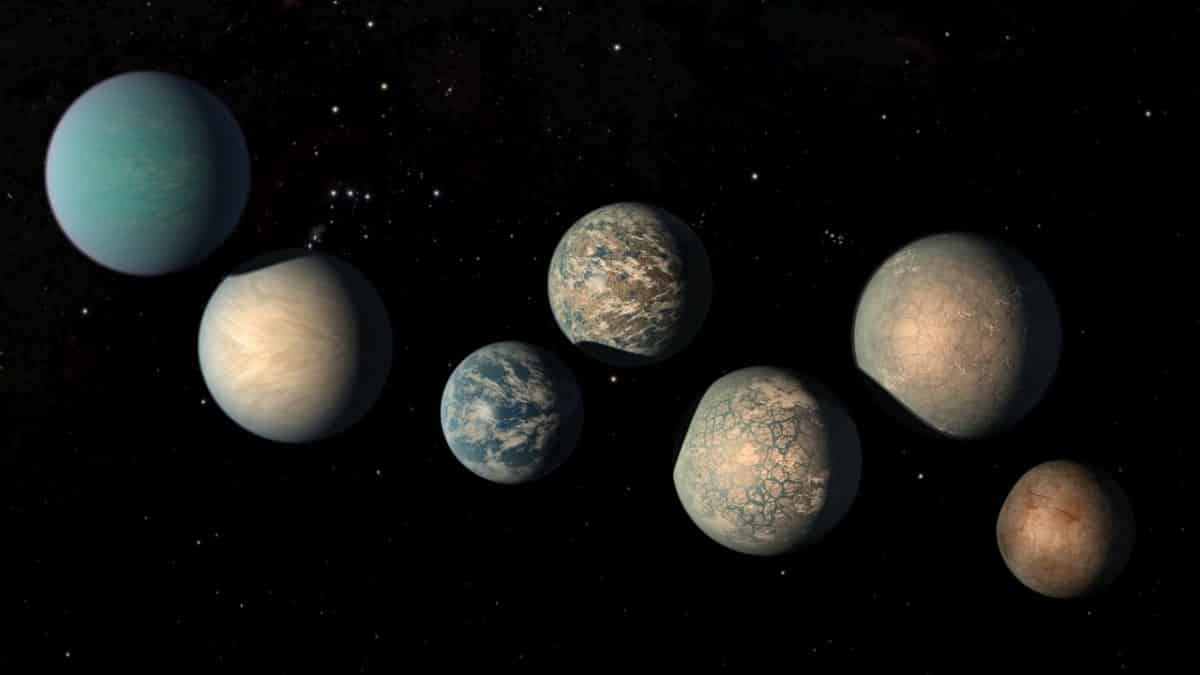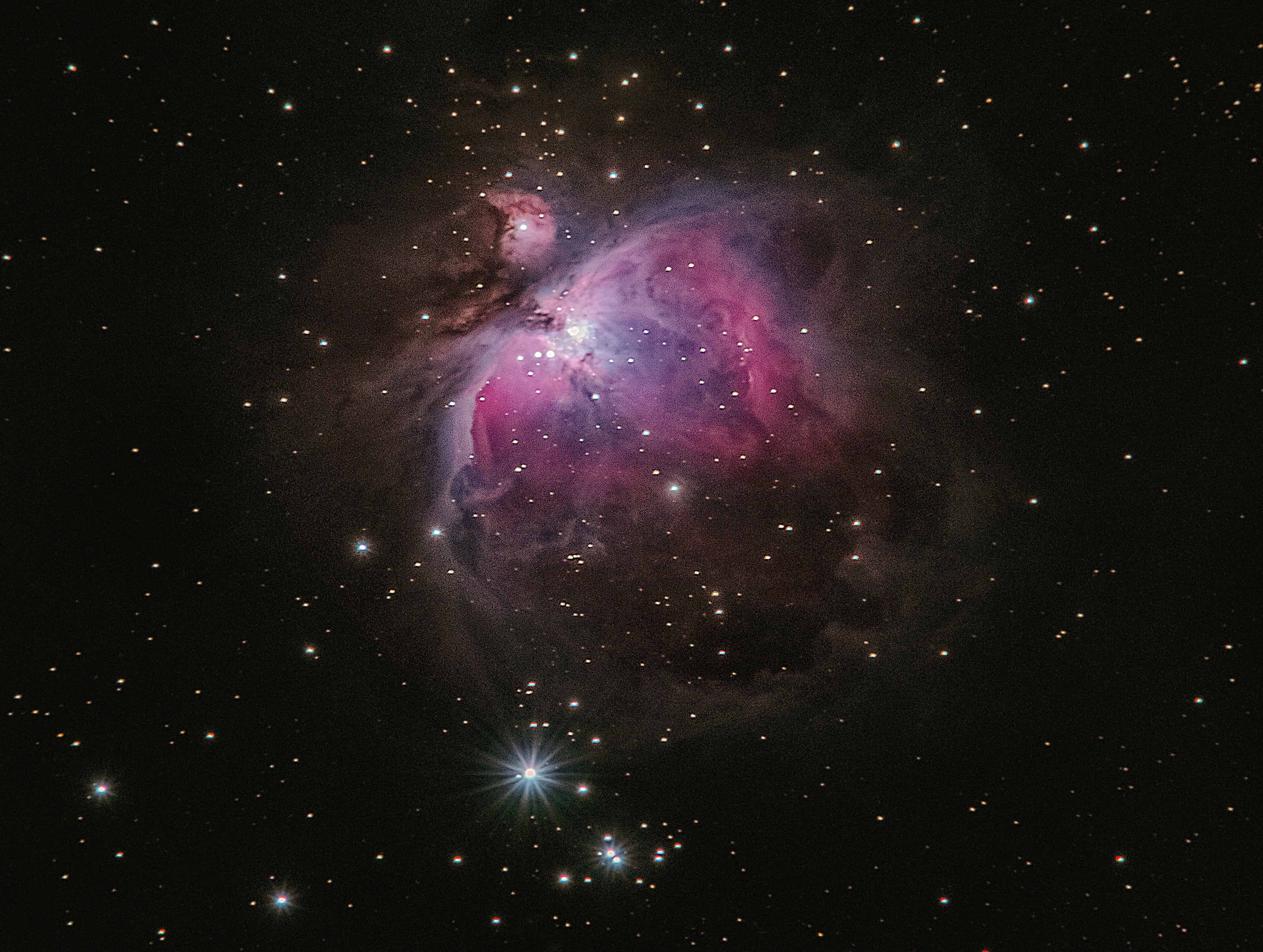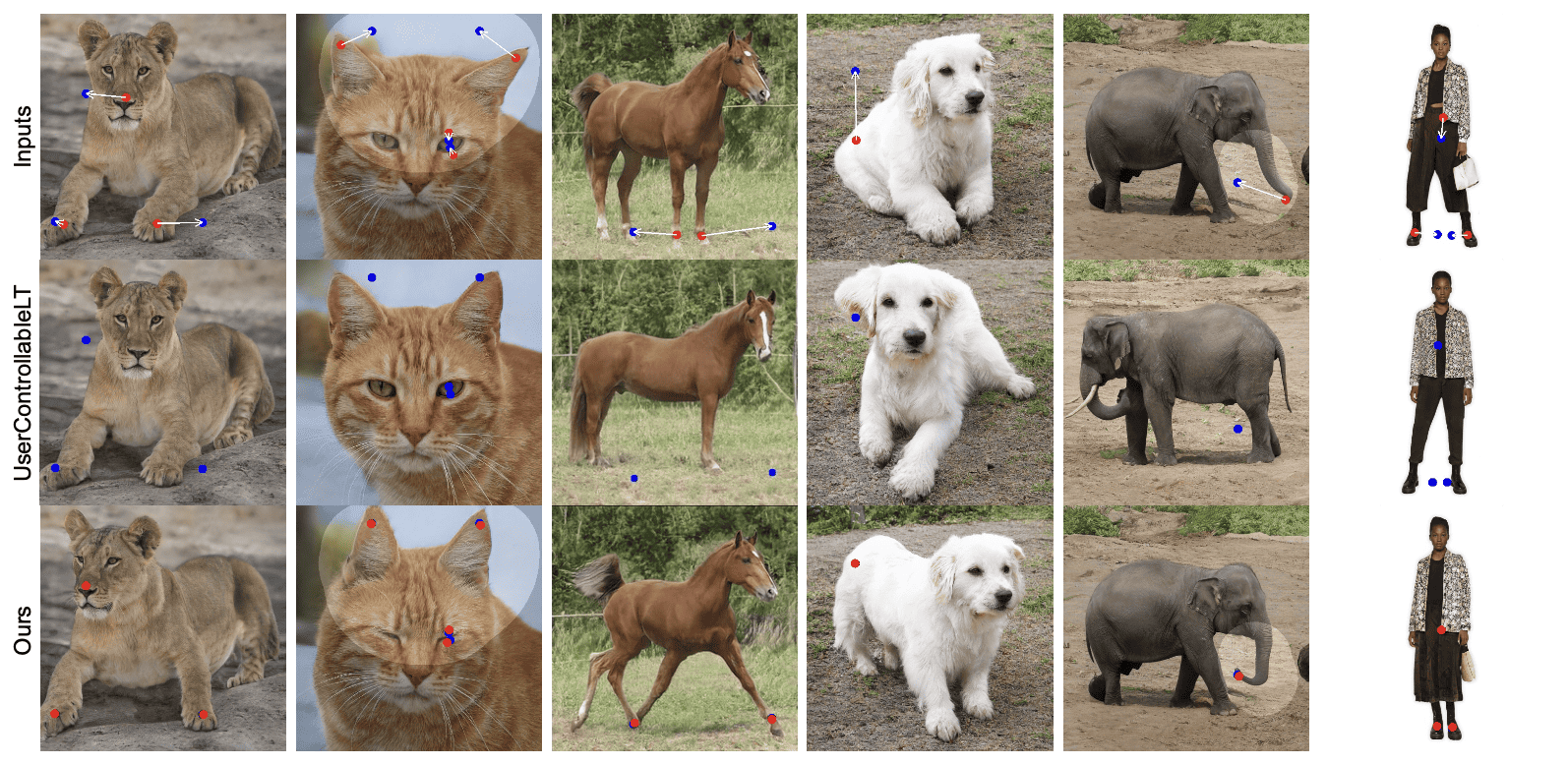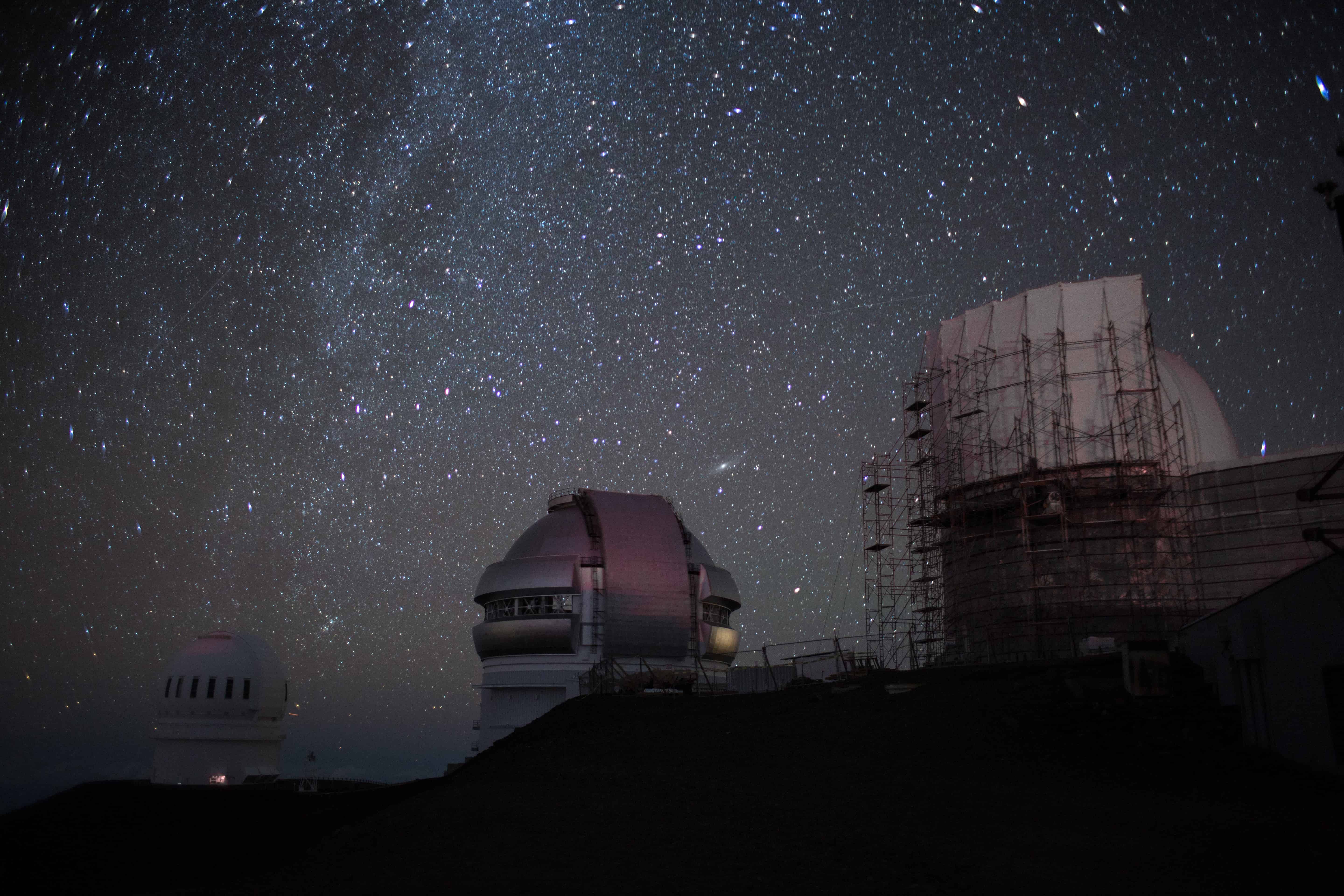
Exoplanets, i.e. planets that orbit stars beyond our solar system, play a special role in the search for extraterrestrial life. So far, a little more than 4,000 exoplanets are known, however, none has been habitable for human or human-like life. About 96 percent of these exoplanets are significantly larger than Earth and are more of the size of gas giants like Neptune or Jupiter. Still, scientists assume that this percentage does not reflect the real conditions in space, since large planets are much easier to detect than small ones.
Researchers at the Max Planck Institute for Solar System Research (MPS), the Georg August University of Göttingen and the Sonneberg Observatory have now discovered 18 exoplanets that are only about the size of the Earth – in cosmic dimensions, quite small. Therefore, they have also been overlooked in previous searches for other exoplanets.

Earth-like planet with conditions friendly to life
One of these exoplanets that have recently been discovered is even one of the smallest ever known, only 69 percent of the size of the Earth. The largest is hardy more than twice the Earth’s radius. And in addition to the fact that all 18 planets could not been detected with data from the Kepler Space Telescope before, they feature one more very special trait: one planet could even offer conditions friendly to life.
The latest discovery was made thanks to a new, more sensitive method developed by the researchers themselves, which they used to re-analyze a part of the data from NASA’s Kepler Space Telescope. After the preliminary completion of the evaluations, the group estimates that more than 100 additional exoplanets could be found this way in the Kepler mission’s entire data set.
Previously, astronomers usually used the so-called transit method in their search for distant worlds. They look for stars with periodically recurring drops in brightness, because every time an exoplanet orbits in front of its star, it occults a small fraction of the stellar light. As a result, the star appears less bright for a few hours.
Traditional transit method too inaccurate
“Standard search algorithms attempt to identify sudden drops in brightness,” explains Dr. Rene Heller from MPS, first author of the current publications. “In reality, however, a stellar disk appears slightly darker at the edge than in the center. When a planet moves in front of a star, it therefore initially blocks less starlight than at the mid-time of the transit. The maximum dimming of the star occurs in the center of the transit just before the star becomes gradually brighter again.”

As for large planets, they produce deep and clear brightness variations of their host stars so that this subtle difference plays only a subordinate role in their discovery. With small planets the situation is quite different. Their effect on the stellar brightness is so small that it is hardly noticeable and difficult to distinguish from the natural brightness fluctuations of the star and from the noise that necessarily comes with any kind of observation.
However, the German team has now been able to show that the sensitivity of the transit method can be significantly improved, if a more realistic light curve is assumed in the search algorithm. The researchers used data from NASA’ Kepler Space Telescope to test their new algorithm. In the first mission phase from 2009 to 2013, the telescope recorded the light curves of more than 100,000 stars and discovered more than 2,300 planets this way. Despite a technical defect, it had monitored more than 100,000 additional stars by the end of the mission in 2018.
In order to test the potential of their new algorithm, the researchers decided to re-analyze all 517 stars from K2 that were already known to host at least one transiting planet. They found 18 more planets that had been overlooked so far.
Significant step forward in the search for Earth-like planets
“In most of the planetary systems that we studied, the new planets are the smallest,” co-author Kai Rodenbeck of the University of Göttingen and MPS describes the results. In addition, most of the new planets would orbit their star closer than previously known planets. Due to this closer orbit, the surface temperatures of almost all these new planets would be well over 100 degrees Celsius; some even reach temperatures of up to 1000 degrees Celsius.
But there is one exception: one planet orbits its red dwarf star within the so-called habitable zone and may therefore offer conditions under which liquid water could occur on its surface – one of the basic prerequisites for life as we know onEarth. “Our new algorithm helps to draw a more realistic picture of the exoplanet population in space,” summarizes Michael Hippke of Sonneberg Observatory. “This method constitutes a significant step forward, especially in the search for Earth-like planets.”

Although they have discovered the 18 previously unknown planets with this new method, the researchers do not want to rule out that they could still have overlooked other planets. For example, there could be other small planets orbiting their stars at large distances and therefore taking longer to complete a full orbit than planets orbiting their stars closer in. Therefore, the transits of planets in wide orbits would occur less often and their already weak signals would be even harder to detect.
The new method developed by René Heller and his team could soon lead to more fascinating discoveries, because the Kepler mission still offers data sets of hundreds of thousands of other stars. The scientists therefore assume that they will be able to find more than 100 more Earth-sized worlds. “This new method is also particularly useful to prepare for the upcoming PLATO mission to be launched in 2026 by the European Space Agency,” says Prof. Dr. Laurent Gizon, Managing Director at the MPS. PLATO will launch into space in 2026 and and characterize many more multi-planet systems around Sun-like stars, some of which will be capable of harboring life.
The results of the studies were published in the journal Astronomy & Astrophysics.
Also interesting:
Asteroids Help to Calculate the Size of Distant Stars
Einstein was Right After All: First Picture of a Black Hole
The Milky Way Weighs 3 000 000 000 000 000 000 000 000 000 000 000 000 000 TONS
ESO’s VLT Shows Bubbles of Brand New Stars
Hubble Discover the Brightest Quasar in the Early Universe
Hubble Find More Evidence for Moon Outside our Solar System






